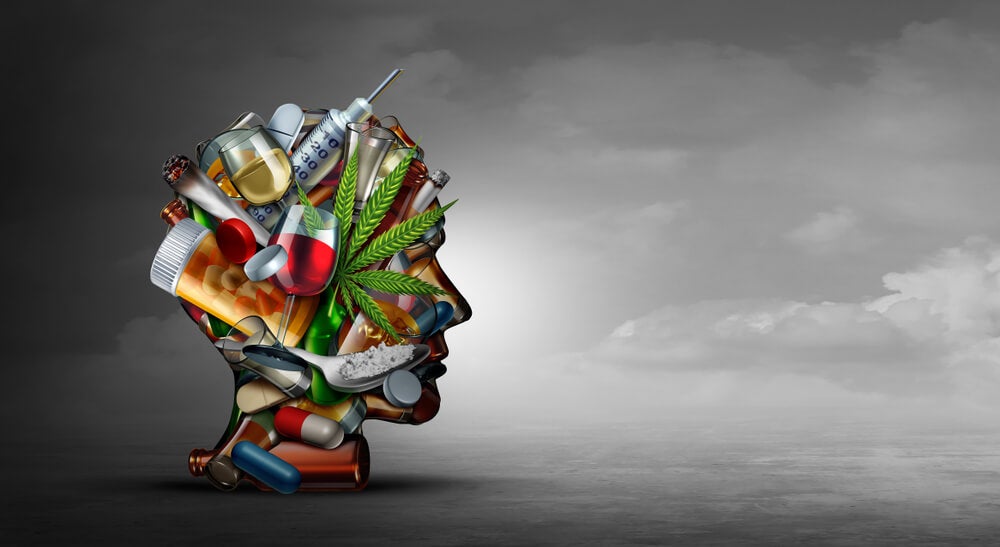We can see addiction in many facets of life, the most common and best known of which is addiction, addiction can be defined as a compulsive behavior of seeking and consuming the drug, loss of control to limit its use and the appearance of a negative emotional state. for not having the drug, but what can we say about the neurobiology of addiction?
Addiction can be defined as a three-step cycle: compulsion / intoxication, withdrawal / negative effect, and anxiety / anticipation (desire). The latter worsens over time and involves neuroplastic changes in the brain’s reward, stress, and executive function systems (2-4).
- Can impulsivity be defined as a predisposition to unplanned rapid reactions to internal and external stimuli.
- Regardless of the negative consequences of these reactions for you or others?(5).
On the other hand, is coertion the manifestation of?Persistent, repetitive, excessive and inappropriate actions? (6).
As a result, people with addictions move from impulsivity to compulsion. These two steps can also coexist, but usually occur in that order. Therefore, for each of these steps, the brain acts one way or another.
Drugs activate the brain’s reward systems. One of the main areas of research on neurobiology of the rewarding effects of drugs has been the origin and domains of ascending mesocorticostriatal dopamine systems.
These play a key role in the rewarding properties of almost all addictive drugs.
It seems that in cases of alcohol or drug poisoning, the brain releases dopamine and opioid peptides into the ventral striatum, in addition, the rapid and pronounced release of dopamine has a lot to do with the pleasant feeling felt by the drug user (1).
Studies of non-human primates have found that dopamine cells in the brain were initially activated in response to a new reward.
After repeated exposure to this reward, neurons stopped activating during predictable reward delivery.
Instead of then, they fired when exposed to stimuli that predicted the reward. So dopamine has a lot to do with finding rewards in the brain.
This stage has been defined as the key to relapse in humans, so it defines addiction as a chronic relapse disorder; in humans, drug-induced necessity involves the activation of the prefrontal cortex, which includes:
In addition, dependence on cocaine or nicotine is also related to the function of the insula, an area that appears to have an interoceptive function that integrates autonomous and visceral information with emotion and motivation.
In fact, studies have shown that the reactivity of the insula functions as a biomarker to help predict relapse.
To conclude, two opposing systems can be determined during this stage: the start-up system (running system) and the stop system (stop system).
The initial system can generate anxiety and deterioration habits through the central gray nuclei. For example, cocaine cravings for addiction are associated with increased network connectivity that connects the middle prefrontal cortex and anterior cingulate cortex to the ventral striatum and network that connects the insula to the dorsal striated body (seven).
The stop system could control the evaluation of the incentive value of options and the suppression of emotional responses to negative emotional signals. In this sense, a stop system would inhibit the initiation system and the drug shortage system.
In conclusion, there are three main circuits that deal with the neurobiology of addiction and correspond to those whose protagonists are the central grey nucleus, the amygdala and the prefrontal cortex.
They are joined by other neurochemical microcirchites, and all have to do with the desire and relapse of addictions.

